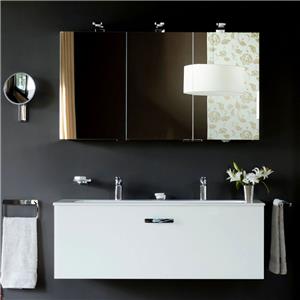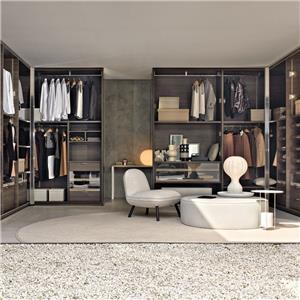5 Stylish and Practical Interior Partitioning Design Ideas
5 Stylish and Practical Interior Partitioning Design Ideas
Many homeowners who enjoy staying at home would love to have a spacious, bright, and well-defined living space. But does defining the different areas require building walls? No, no, no! By using the right partitioning methods, you can not only create distinct zones but also make your space appear more expansive. Nowadays, there are numerous innovative choices for interior partitioning, incorporating elements such as perforated panels, storage cabinets, and glass doors, allowing spaces to exhibit unique characteristics.
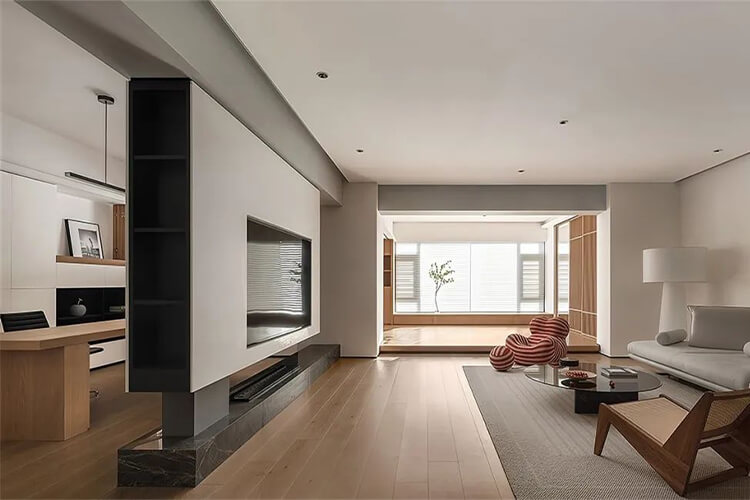
1. Entryway
Partitioning in the entryway can ensure privacy in the public areas while adding a touch of creativity. However, the aesthetics of the partition are also crucial. Various materials can be used for partitioning, creating eye-catching designs.
Glass: Using glass designs enhances transparency and reflects light, brightening up the foyer.
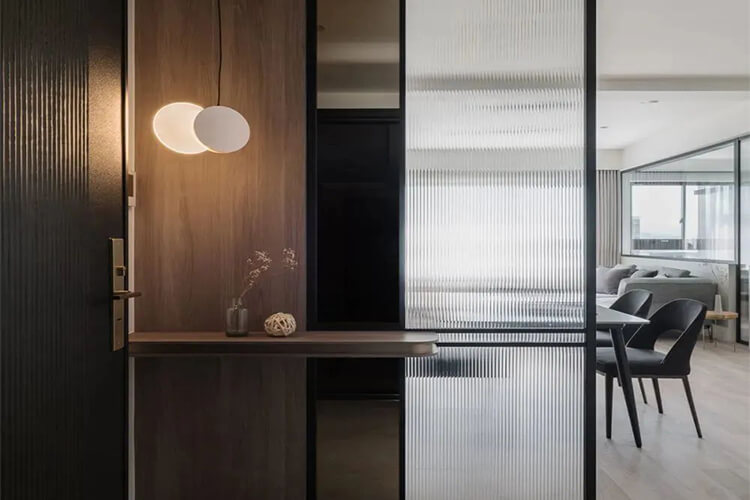
Cabinets or Shelving Units: Cabinets play a significant role in every home, providing ample storage for various small items. Whether it's a shoe cabinet, bookcase, or shelving unit, it can serve as an excellent partition, enhancing the space's storage capacity.
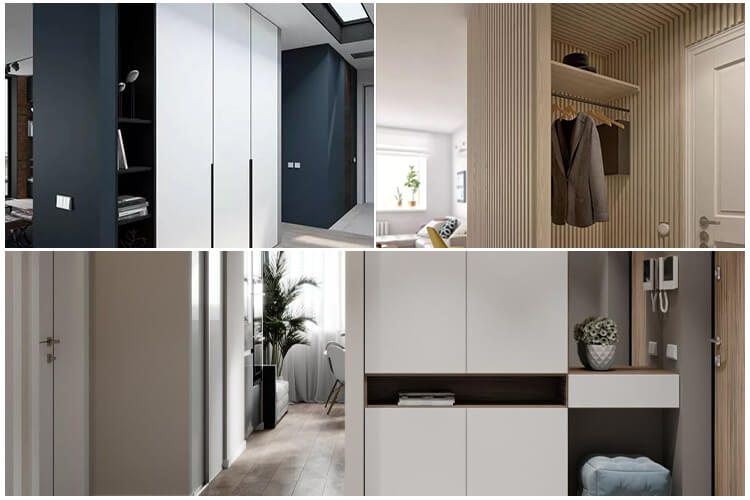
Combining cabinets and glass is also a favorable option.
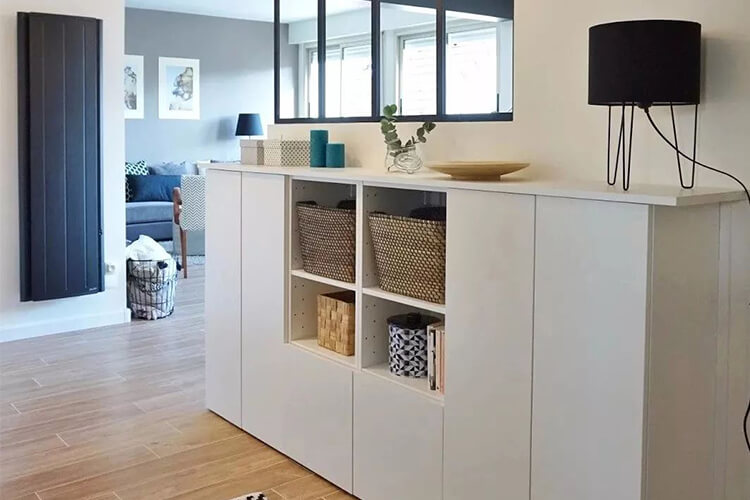
2. Living Room
Adding partitions to an open-plan living room can enhance functionality, and both screens and frosted glass are excellent choices. In modern interior design, screens are often used interchangeably with partitions. Screens are commonly found in traditional Chinese and new Chinese design styles, as well as some Japanese-style homes, made from materials like wood, paper, rattan, or bamboo.
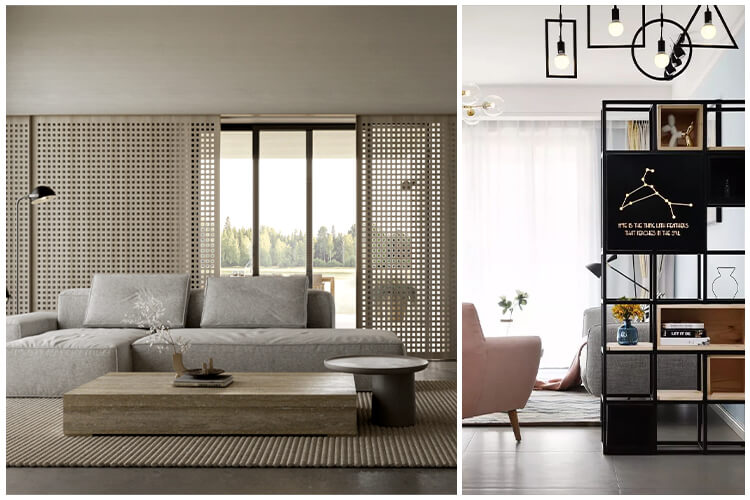
For dividing materials in the living room, it's best to avoid plastics, PVC, and stone, as they lack sturdiness and appear heavy.
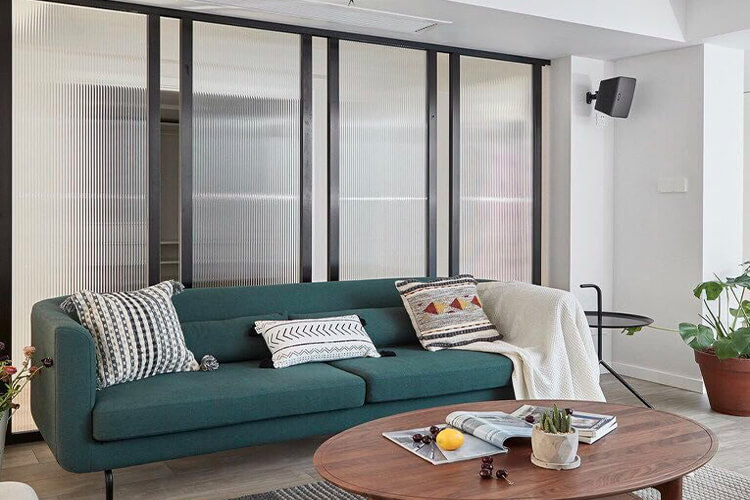
3. Dining and Kitchen Area
When partitioning the dining and kitchen areas, the primary focus should be on storage and traffic flow.
Bar Countertop: In open-plan kitchens connected to dining areas, installing a small bar countertop can effectively separate the spaces without obstructing the sightlines between the dining and kitchen areas, making the space both aesthetically pleasing and functional.
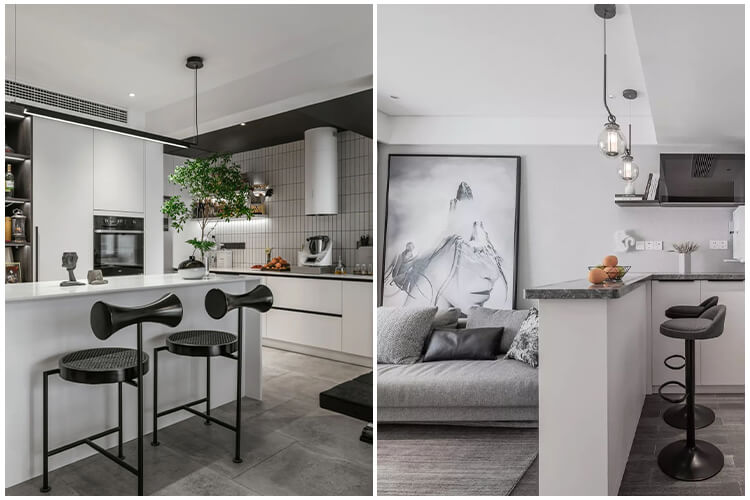
Glass: For those who desire clear partitioning without resorting to walls, glass partitions are an excellent choice. They provide good sound insulation and a sense of separation while maintaining transparency and brightness in the home.

4. Bedroom
Bedrooms should be quiet and comfortable. When dividing the bedroom, soundproofing is essential, and color choices should lean towards lighter tones to create a sense of openness. This concept is particularly useful for small living spaces.
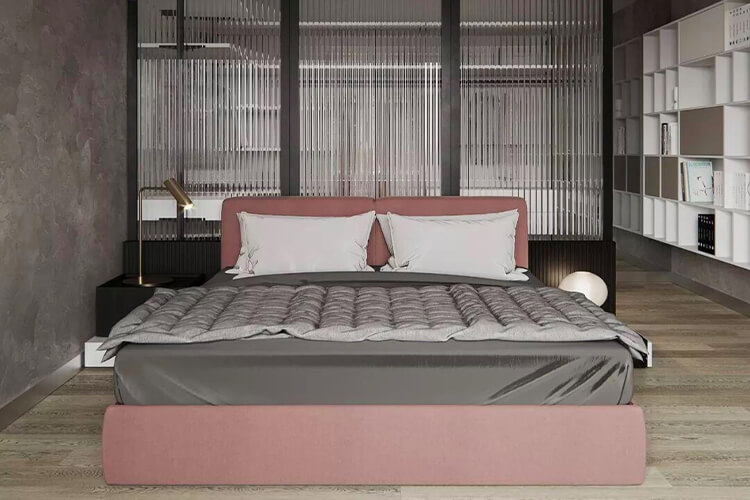
Consider both privacy and lighting when partitioning bedrooms.
5. Bathroom
When partitioning bathrooms, waterproofing and moisture resistance are crucial, especially for shower enclosures, where durable tempered glass is the preferred option.
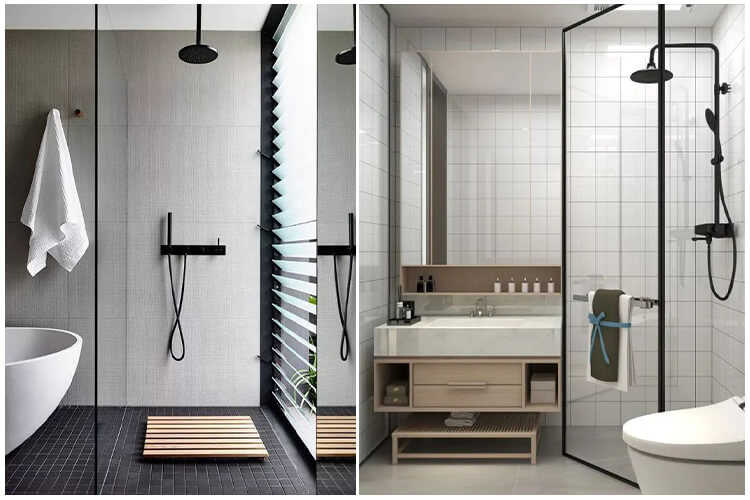
Tips for Space Partitioning
1. Maintain Light and Ventilation: Avoid fully enclosed partitions that block light and airflow. Opt for perforated or semi-transparent materials whenever possible.
2. Consider Traffic Flow: While independent partitions add functionality and design, be mindful of the flow of movement in the space.

